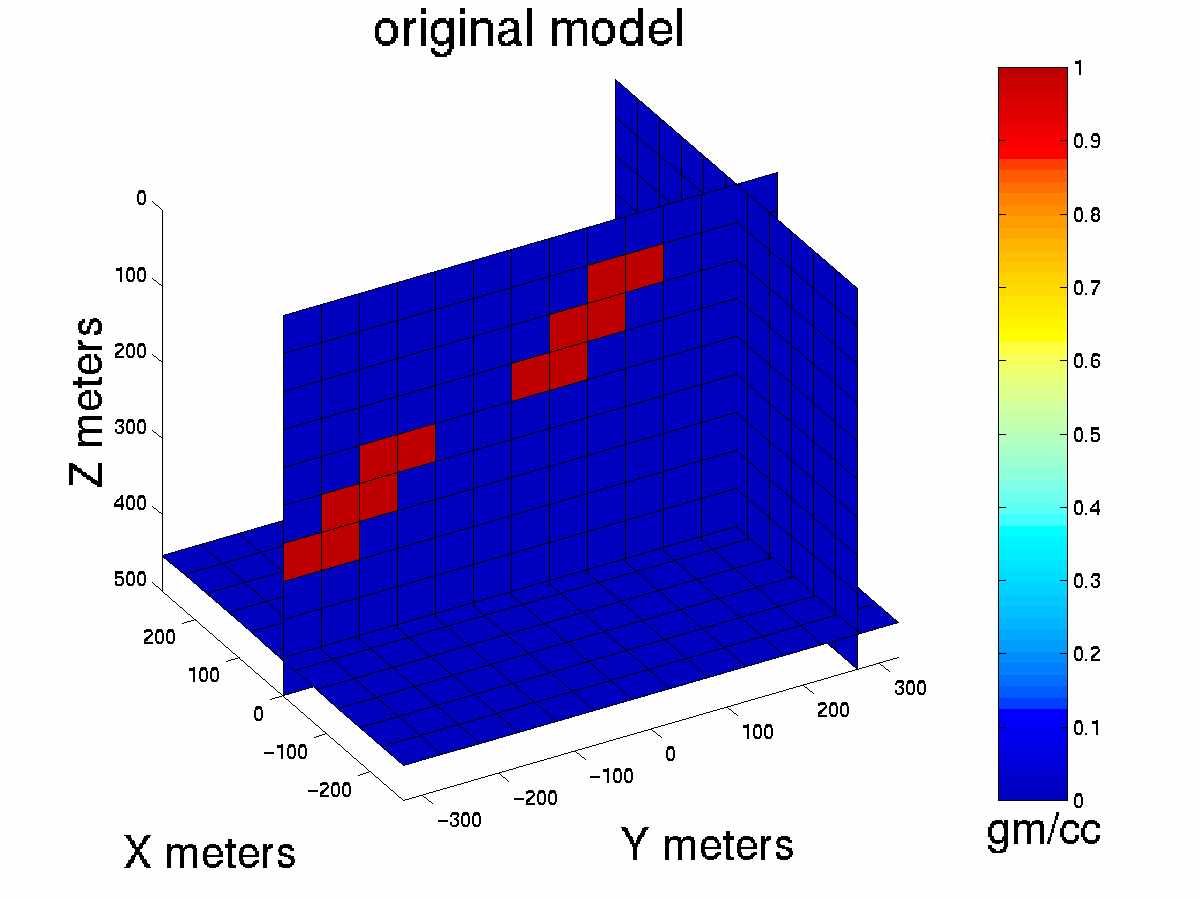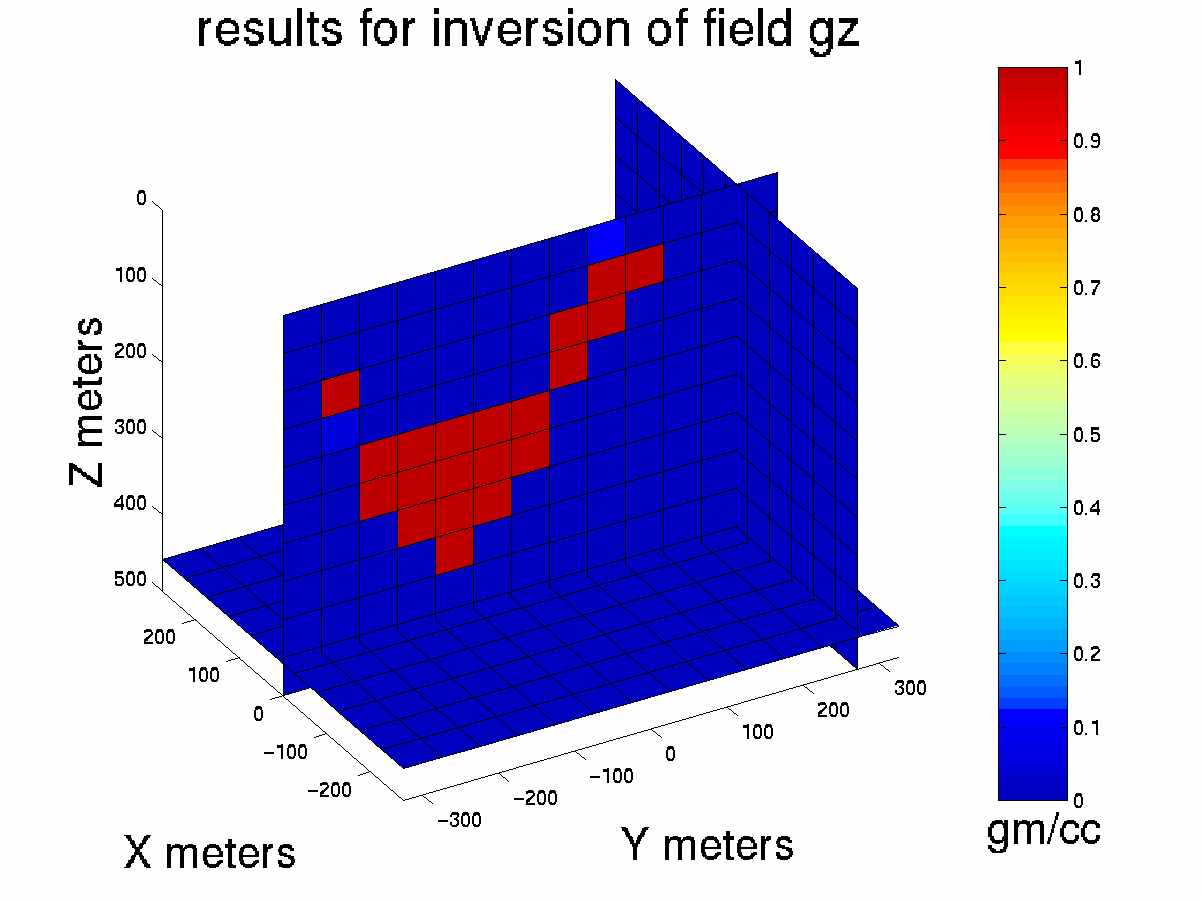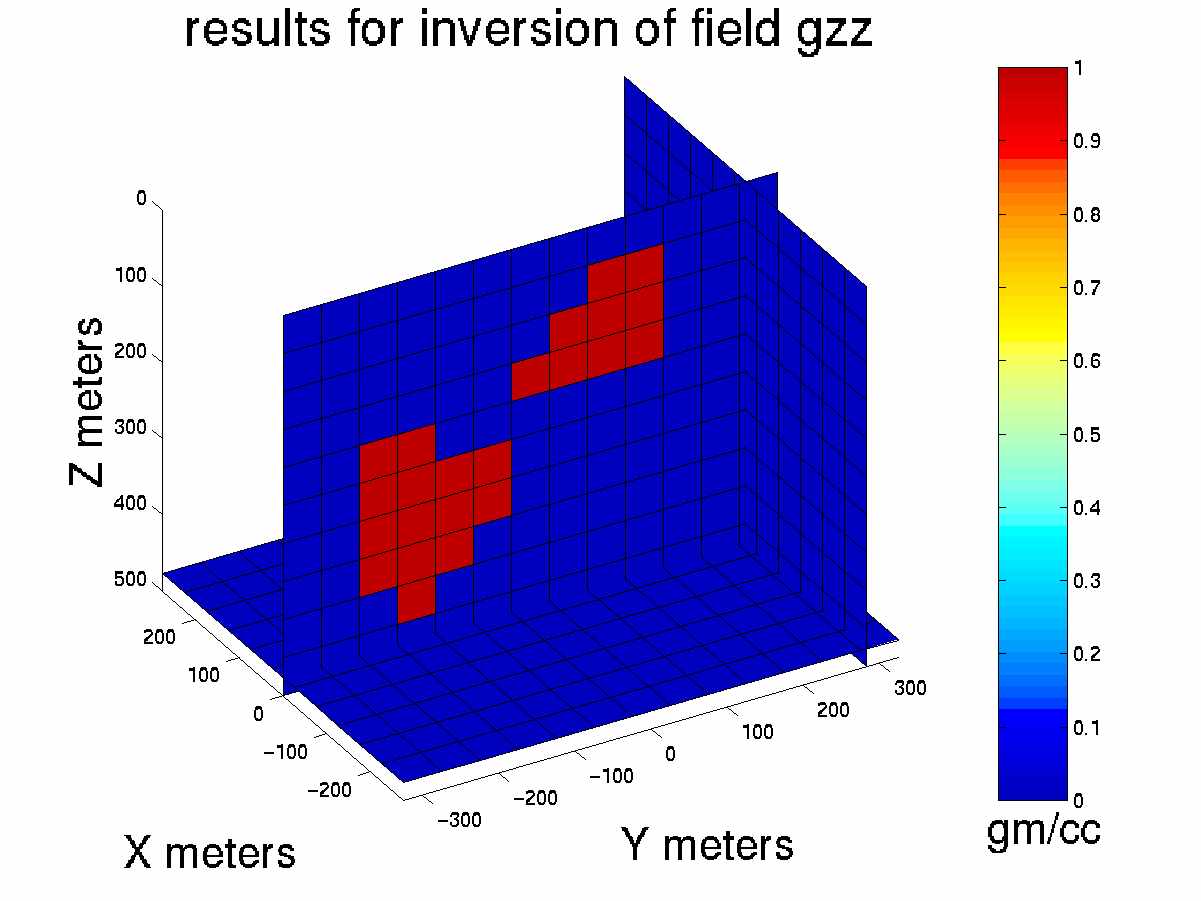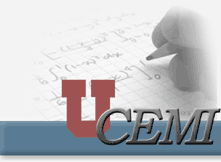

 |
 |
Modeling and inversion of 3-D gravity tensor field
By Michael Zhdanov and Souvik Mukherjee
The gravity data observations have been traditionally carried out in geophysical exploration by measuring the vertical component of the gravity field. Only recently, a new technique for tensor gravity field observation has been developed (Veryaskin, 2000; Jorgensen and Kisabeth,2000). Modern day instruments are capable of picking up the tensor components of the gravity field, and hence the need arises for applying inversion theory to interpret the tensor data so obtained. Portniaguine and Zhdanov (1999) developed a focusing method for 3-D gravity data inversion. It is based on implementation of a new focusing stabilizer for regularized inversion of gravity data. In the current research project the primary focus has been on the extension of this technique to invert the first derivatives of the different components of the gravity field which together constitute the gravity tensor. The developed method is illustrated by the inversion of the synthetic tensor gravity data.
The tensor components can be defined by :

Four models were considered : 1) A simple cubic body of dimensions 150mx150mx150m 2) Two cubic bodies each of dimensions 150mx150mx150m separated by a distance of 150m along y-direction. 3) An inclined dyke and 4) A faulted inclined dyke. It was noted that the components gzz shows a much better resolution than the simple gz component, while the other off-diagonal components are not so good.
References
Fletcher, R., 1981, Practical methods of optimization, Wiley & Sons, 436 pp.
Jorgensen, G. J., and J. L. Kisabeth, 2000, Joint 3-D inversion of gravity, magnetic and tensor gravity fields for imaging salt formations in the deepwater Gulf of Mexico: 70th SEG Annual Meeting, Extended Abstracts, Calgary, Canada, 424-426.
Portniaguine O., and M. S. Zhdanov, 1999, Focusing geophysical inversion images: Geophysics, No. 3, 874-887.
Tarantola, A., 1987, Inverse Problem Theory: Elsevier Science Publ. Co., Inc, 613 pp.
Tikhonov, A. N. and V. Y. Arsenin, 1977, Solution of ill-posed problems: V.H. Winston and Sons.
Veryaskin, A. V., 2000, A novel combined gravity and magneic gradiometer system for mobile applications: 70th SEG Annual Meeting, Extended Abstracts, Calgary, Canada, 420-423.
Zhdanov, M. S., 1988, Integral transforms in geophysics: Springer-Verlag, Berlin-Heidelberg-New York-London-Paris-Tokyo, 367 pp.
Zhdanov, M. S., 1993, Tutorial: regularization in inversion theory:Colorado School of Mines, 47 pp.
hdanov, M. S. and G. Keller, 1994, The geoelectrical methods in geophysical exploration, Elsevier, 900 pp.
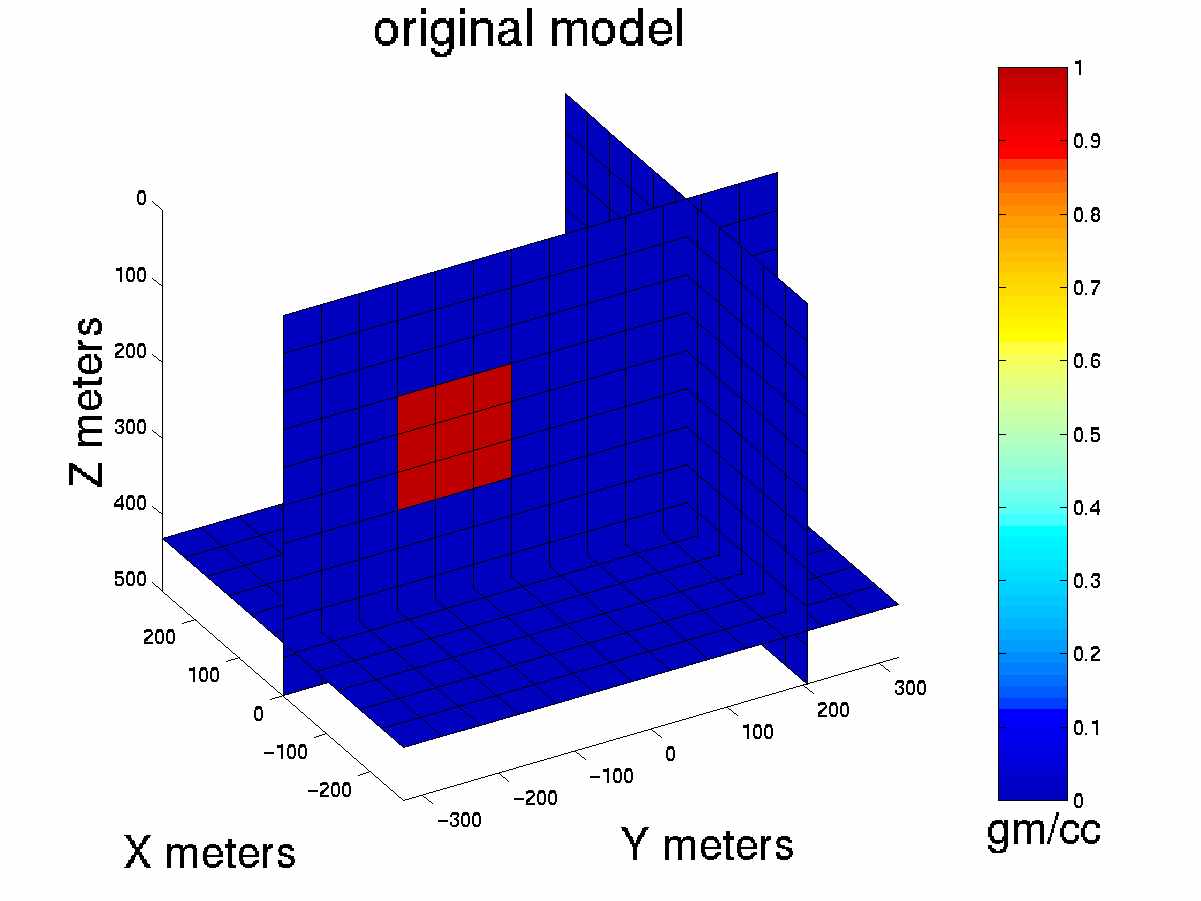
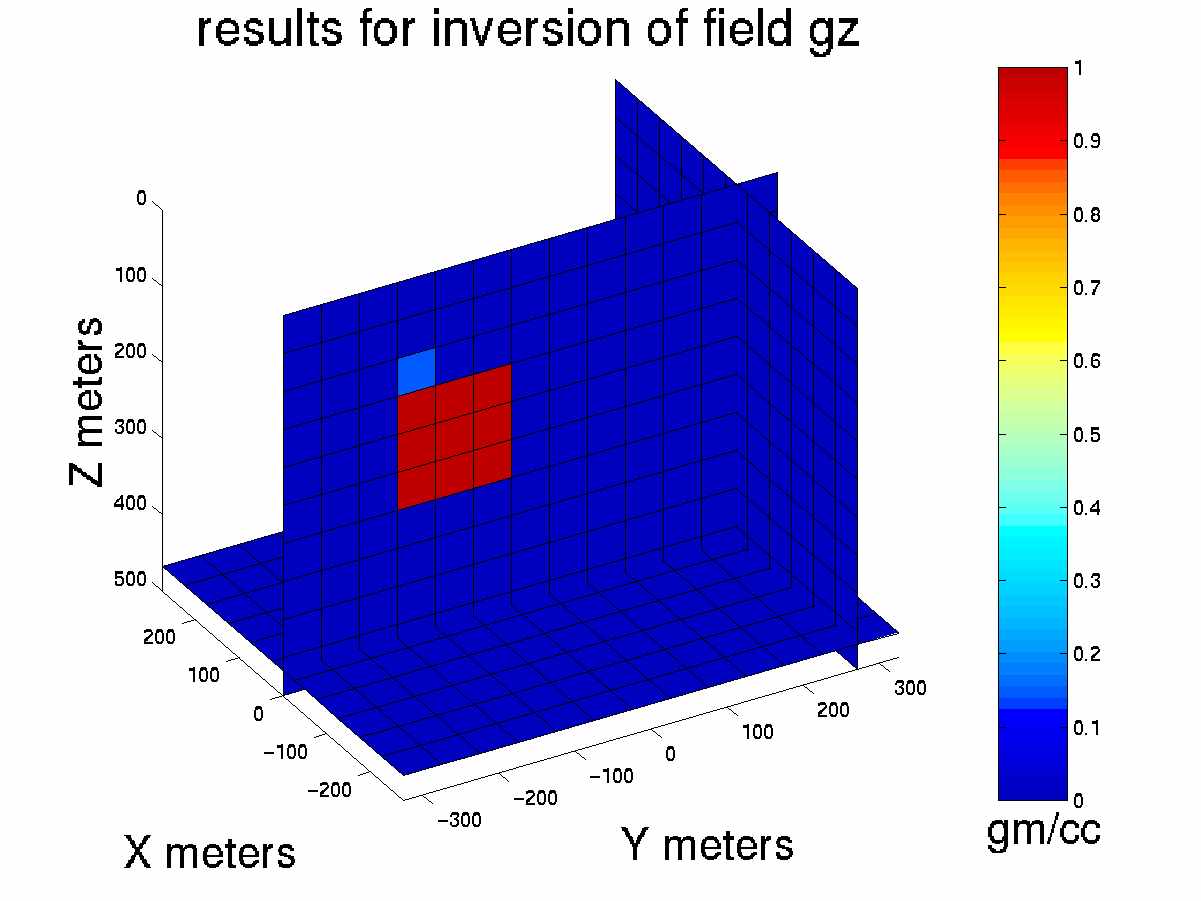
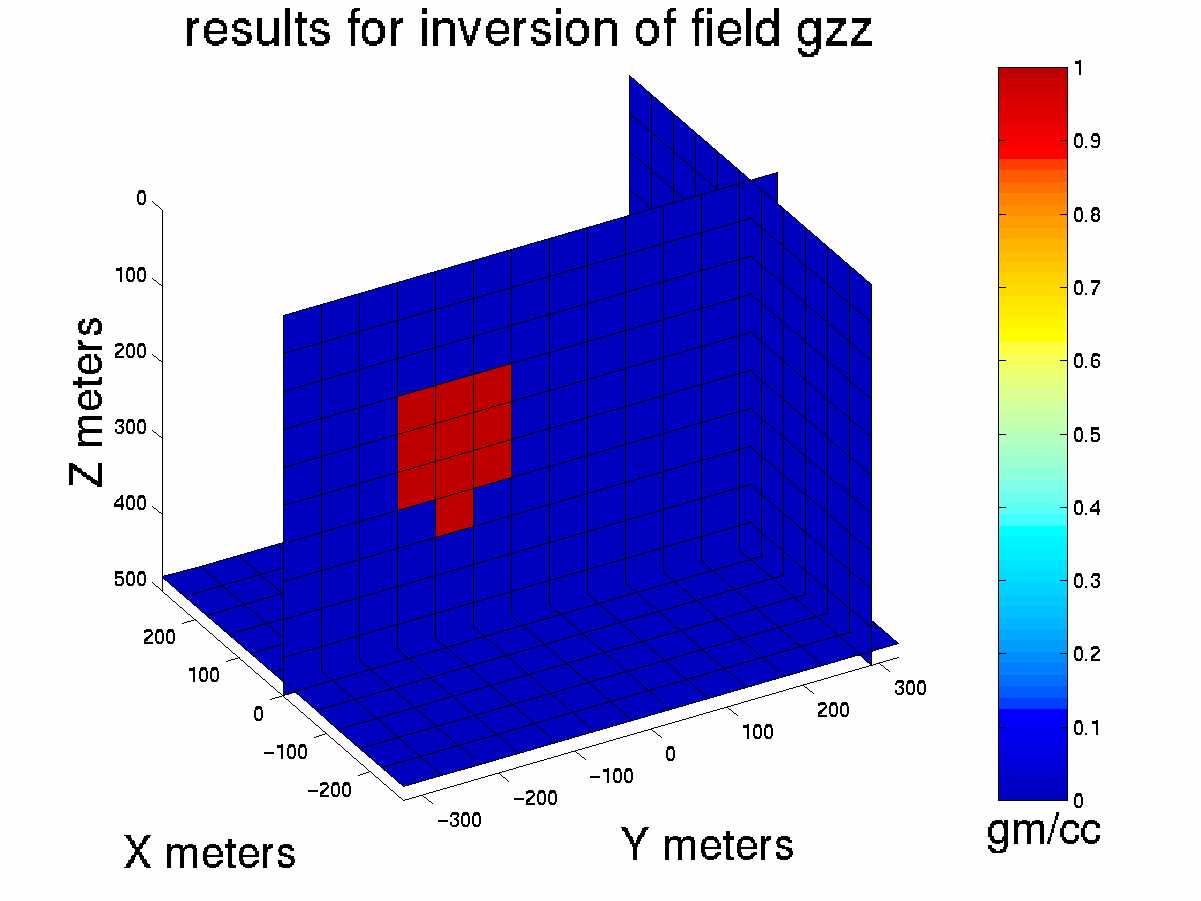
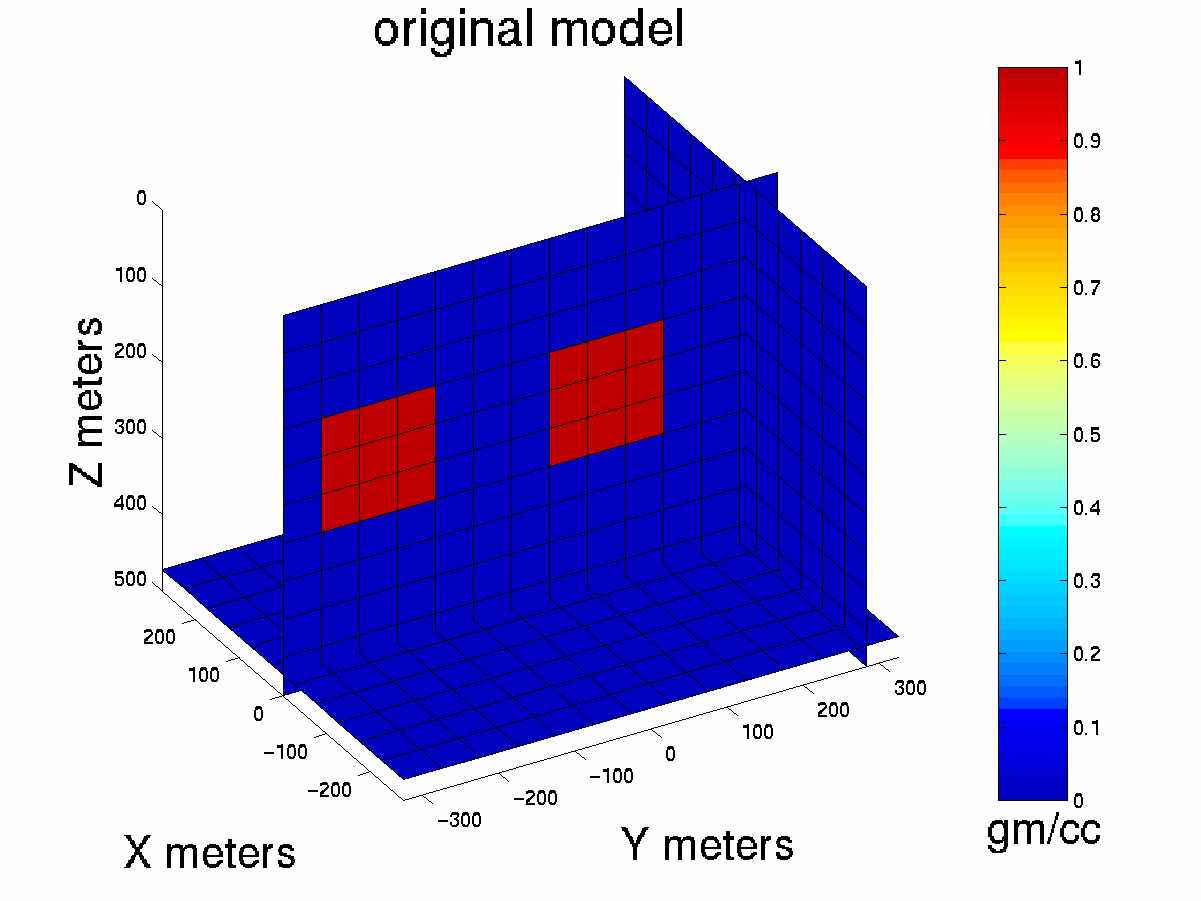
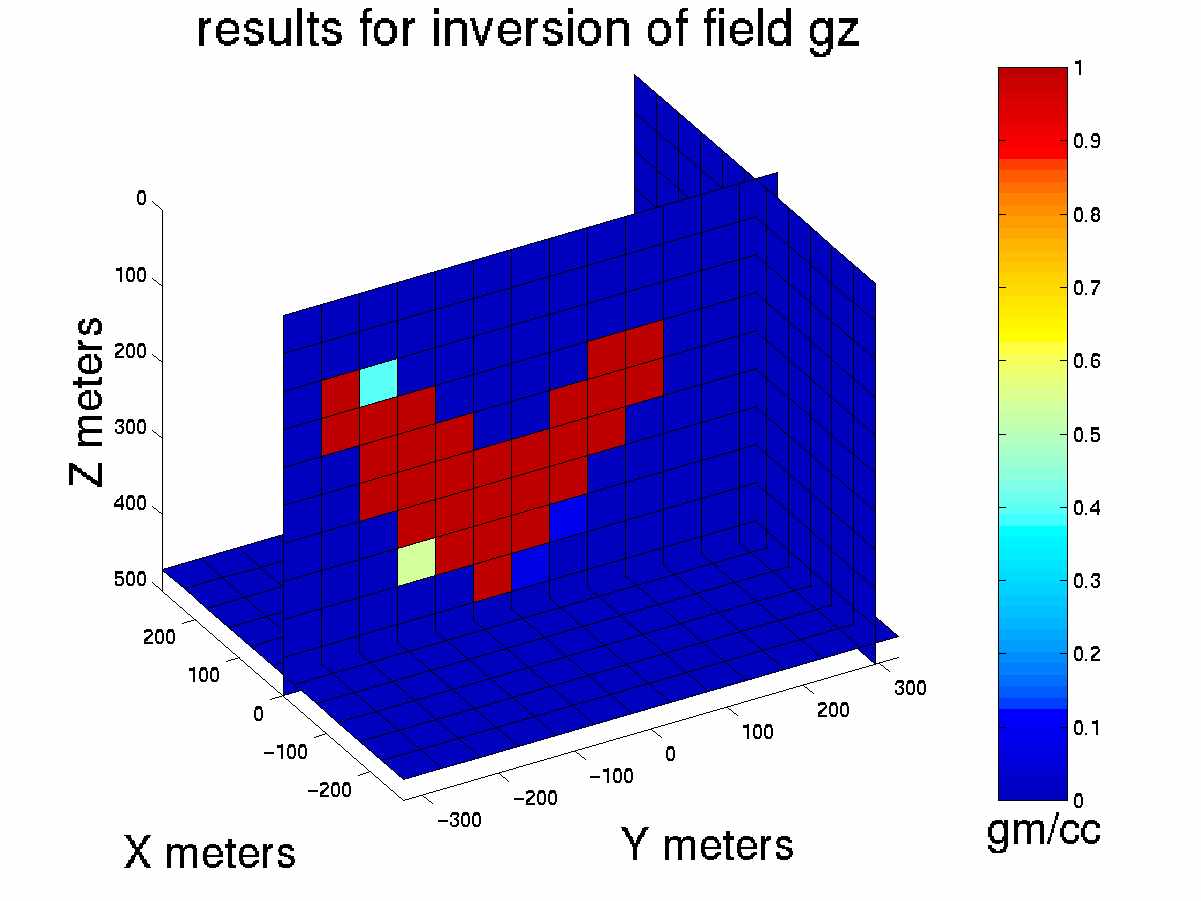
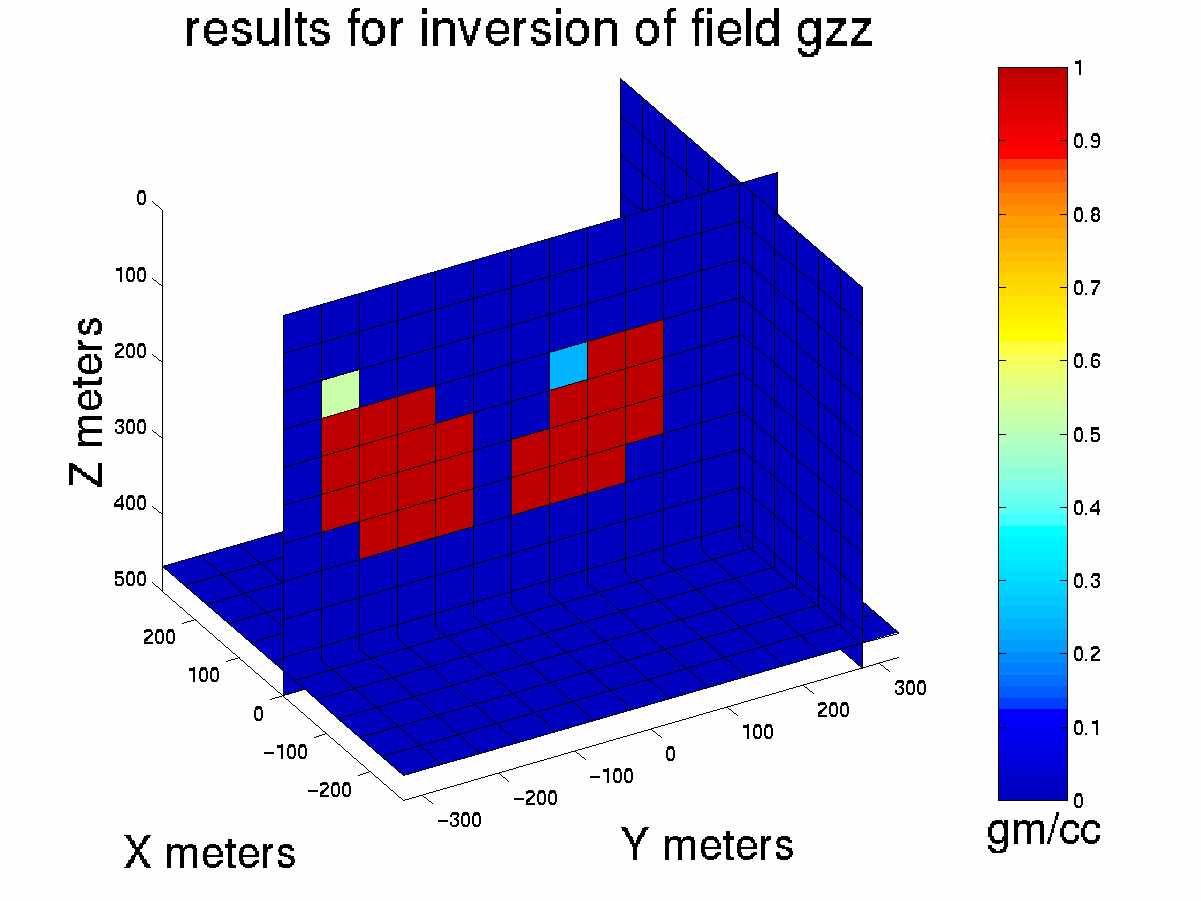
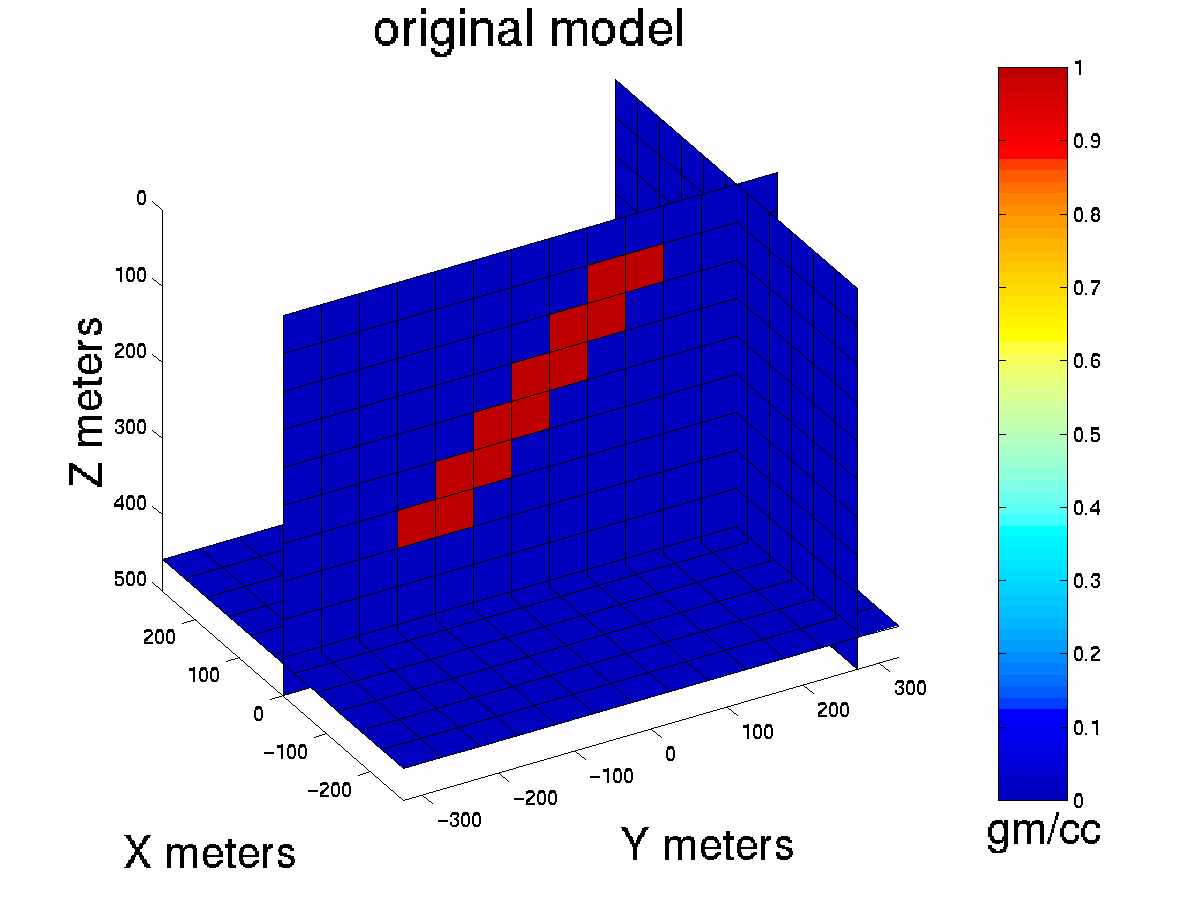
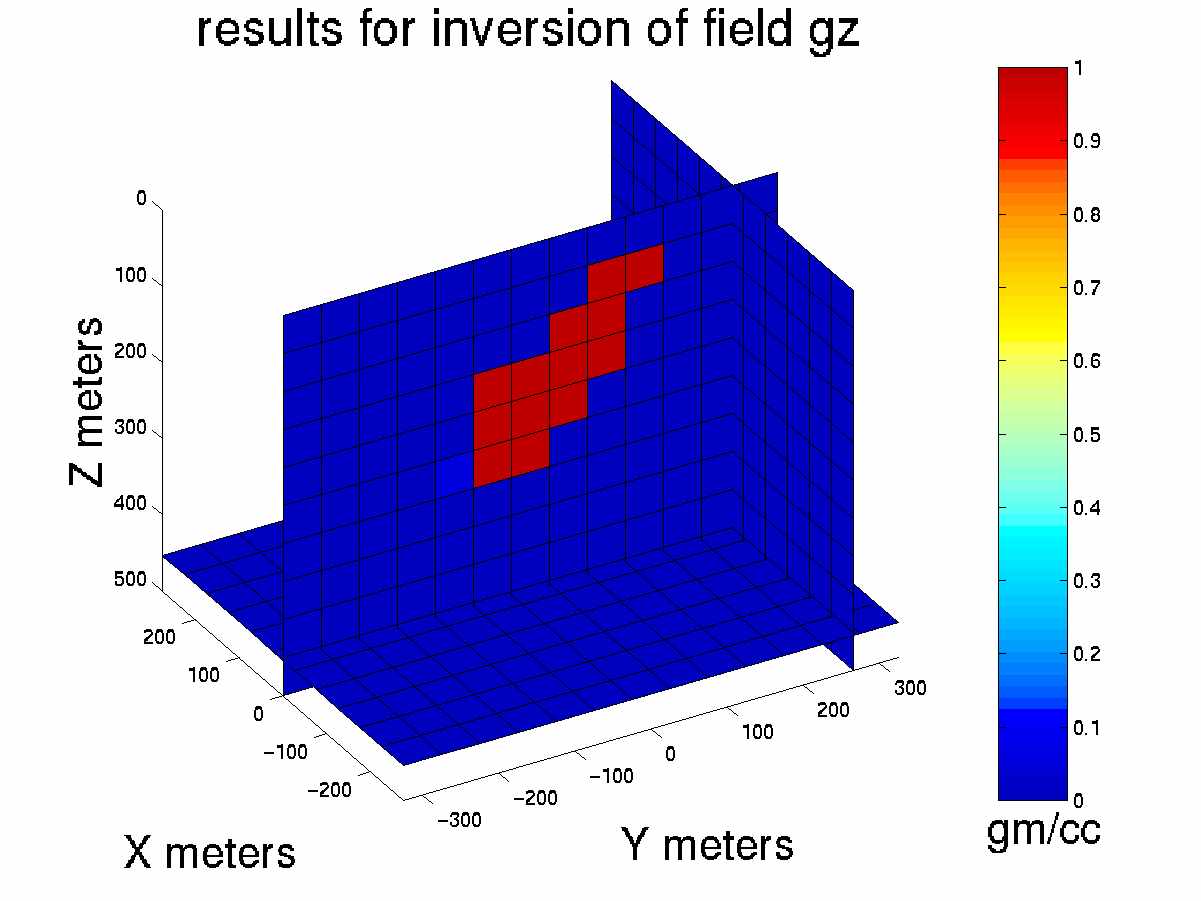
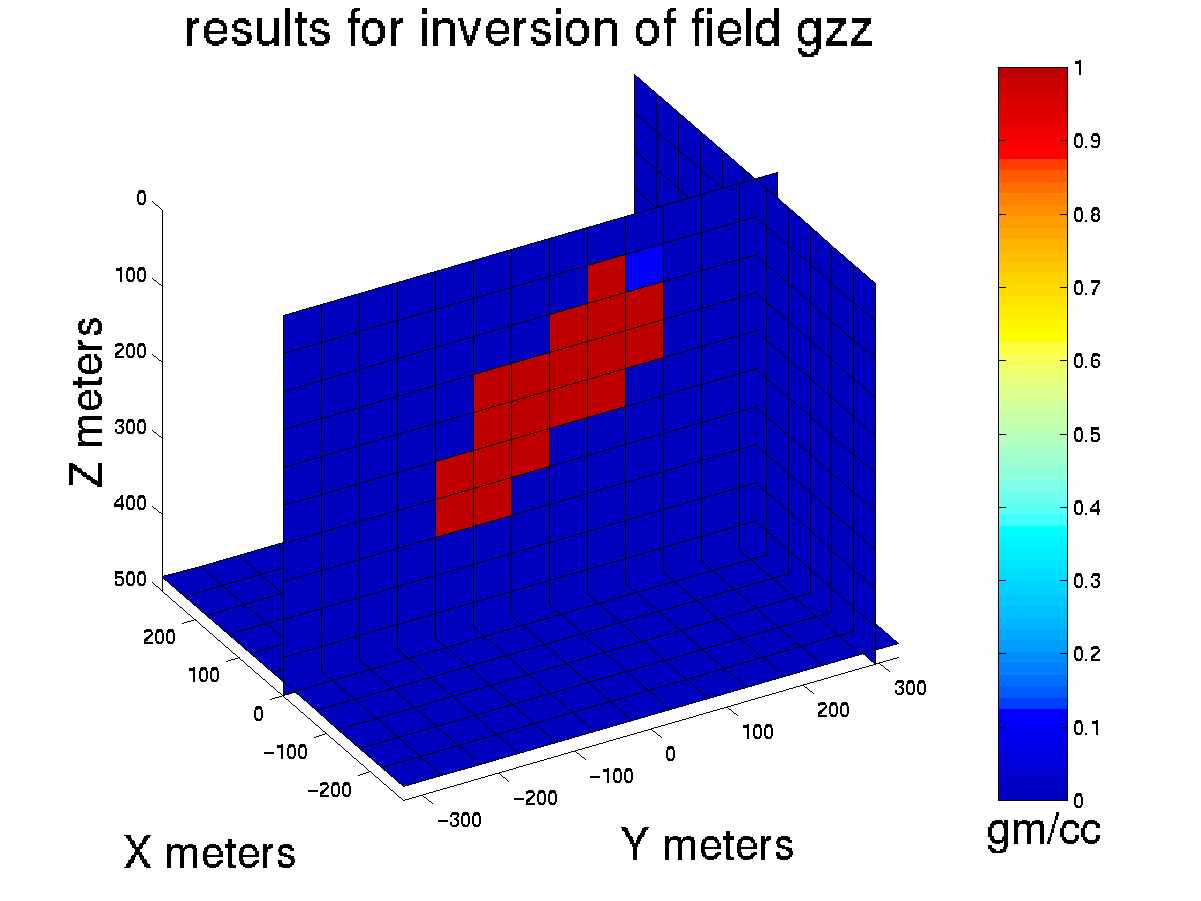
Figure 3: The slice of the original model of an inclined dyke
and the results of inversion for gz and the tensor components gzz and gh.
